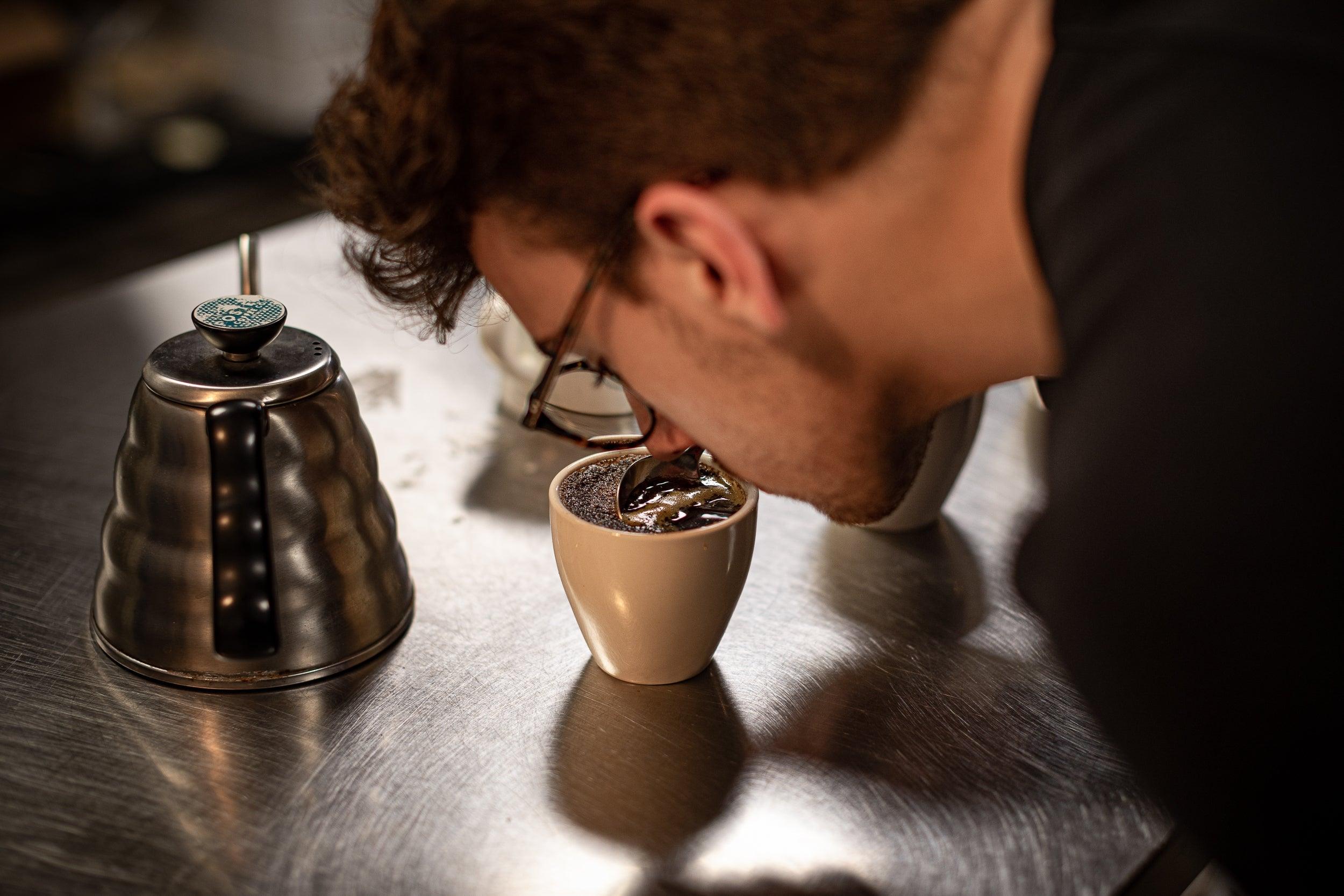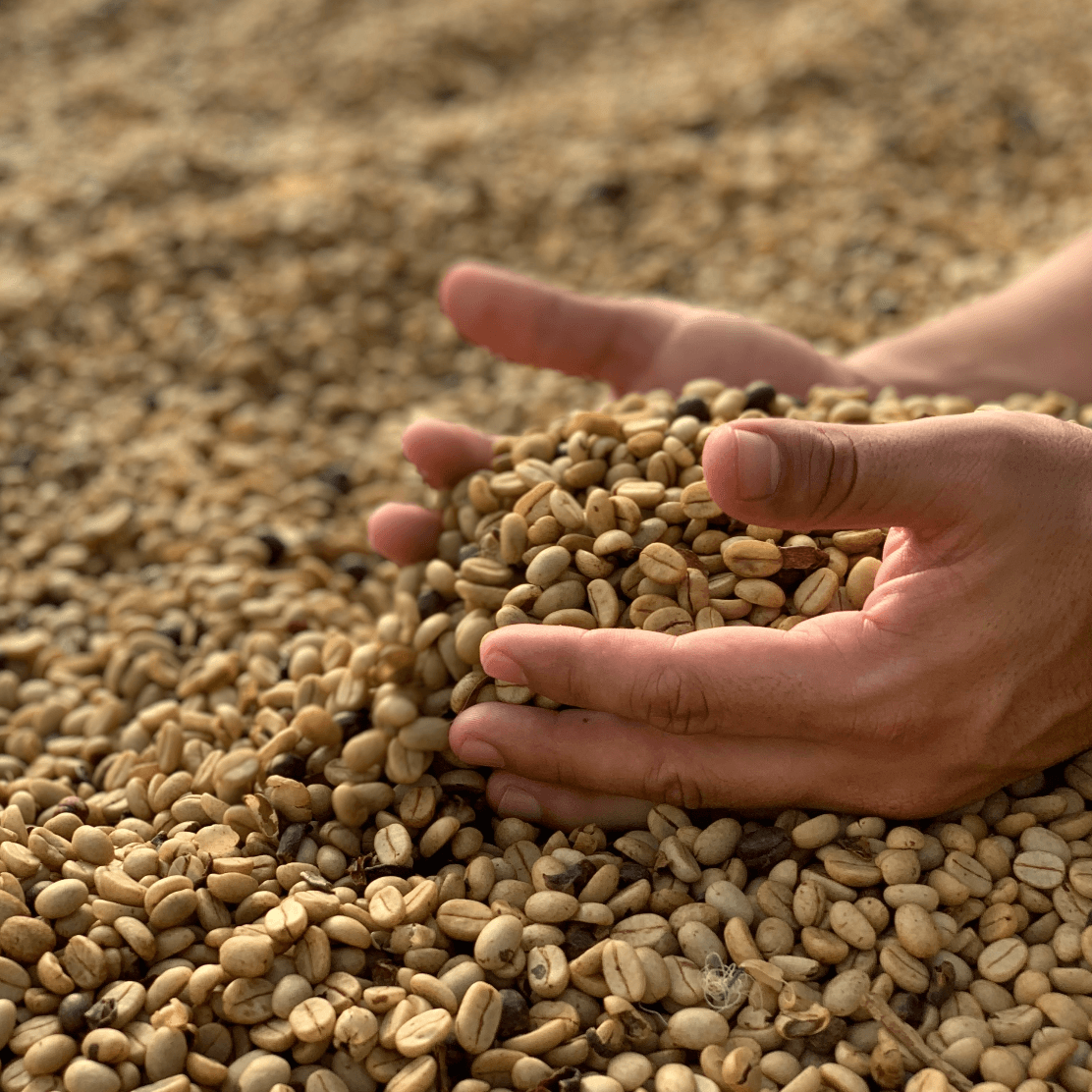Cold Brew vs. Iced Coffee: What's the Difference?

Cold Brew vs. Iced Coffee: What's the Difference?
Coffee has become an integral part of our daily lives, with millions of people around the world consuming it each day. Whether you prefer it hot, cold, black, or with milk and sugar, there are many ways to enjoy this beloved beverage. Two of the most popular ways to enjoy coffee on a hot summer day are iced coffee and cold brew. While they may seem similar at first glance, there are several differences between the two. In this article, we will explore the differences between cold brew and iced coffee, including their brewing methods, taste profiles, and health benefits.
What is Cold Brew?
Cold brew is a method of brewing coffee that involves steeping coffee grounds in cold water for an extended period, typically 12-24 hours. This slow extraction process produces a smooth, low-acid coffee concentrate that is less bitter and more concentrated than traditional hot-brewed coffee. Cold brew coffee can be served over ice, mixed with water or milk, or used as a base for coffee cocktails and desserts.
Cold Brew Brewing Method
The cold brew method involves steeping coarsely ground coffee beans in cold or room temperature water for an extended period, usually between 12-24 hours. The coffee and water are combined in a container, such as a mason jar or a French press, and left to steep at room temperature or in the refrigerator. The longer the coffee steeps, the stronger and more concentrated the resulting coffee will be.
Once the coffee has steeped, it is then filtered to remove the coffee grounds, resulting in a smooth, flavorful coffee concentrate. The concentrate can be diluted with water or milk, served over ice, or used as a base for coffee cocktails and desserts. Cold brew coffee can be made in large batches and stored in the refrigerator for up to two weeks, making it a convenient and easy way to enjoy coffee on the go.
Taste Profile of Cold Brew
Cold brew coffee has a unique taste profile that sets it apart from traditional hot-brewed coffee. The slow extraction process results in a coffee concentrate that is less bitter and acidic than hot-brewed coffee, making it smoother and more palatable for those who find traditional coffee too strong or bitter. Cold brew coffee is also sweeter and more chocolatey than hot-brewed coffee, with a more pronounced flavor profile that highlights the coffee's natural sweetness and complexity.
Health Benefits of Cold Brew
Cold brew coffee has several health benefits that make it a popular choice for coffee drinkers. The slow extraction process used in cold brewing results in a coffee concentrate that is lower in acidity than traditional hot-brewed coffee, making it less likely to cause acid reflux or other digestive issues. Cold brew coffee is also less likely to stain teeth or cause bad breath, as the lower acidity reduces the risk of enamel erosion and bacterial growth.
Additionally, cold brew coffee has higher concentrations of certain antioxidants and compounds, such as chlorogenic acid and quinic acid, that have been shown to have anti-inflammatory and anti-cancer properties. These compounds are more readily extracted in cold brew coffee than in hot-brewed coffee, making cold brew coffee a potentially healthier option for coffee drinkers.
What is Iced Coffee?
Iced coffee is a popular method of enjoying coffee on a hot summer day that involves brewing hot coffee and then cooling it down with ice. Iced coffee can be made using a variety of brewing methods, including pour-over, drip coffee, and espresso, and can be served black or with milk and sugar.
Iced Coffee Brewing Method
The iced coffee brewing method involves brewing hot coffee using a variety of methods, such as pour-over, drip coffee, or espresso, and then cooling it down with ice. The coffee is brewed using hot water, just like traditional coffee, but it is brewed stronger to account for the dilution that will occur when ice is added.
Japanese Iced Coffee Method
One popular method we use at Foster Coffee for making iced coffee is the Japanese Iced Coffee method, which is becoming increasingly popular among coffee enthusiasts. Unlike traditional iced coffee, which is made by brewing coffee hot and then cooling it down with ice, Japanese Iced Coffee involves brewing coffee with half the amount of hot water needed and then immediately pouring it over ice to offset the remaining water needed for the brewing process. This method results in a coffee that is not diluted and retains its natural taste and aroma.
Why we like the Japanese Iced Coffee Method
We favor the Japanese Iced Coffee method at Foster because it produces a rich, flavorful cup of iced coffee without the loss of aroma and taste that can occur with traditional iced coffee. It also allows us to offer any of our pour over coffees as an iced coffee, thereby expanding our menu offerings to our customers. By offsetting the water used in the brewing process with ice, the coffee is able to maintain its full flavor and aroma, resulting in a more robust, interesting, and satisfying cup.
Another benefit of the Japanese Iced Coffee method is its ability to bring out the unique flavors and characteristics of different coffee varieties. Because the coffee is brewed hot and immediately cooled with ice, the brewing process is completed quickly, preserving the delicate flavors and aromas that can be lost with slower, traditional iced coffee brewing methods.
Overall, the Japanese Iced Coffee method is a delicious and refreshing way to enjoy coffee during the hot summer months. It offers a more robust and full-flavored cup of coffee than traditional iced coffee, and is a more sustainable option as well. Whether you are a coffee enthusiast or simply looking for a delicious and refreshing way to beat the heat, Japanese Iced Coffee is definitely worth trying.
- Tags: Education



